Be Golden as gold mine & Green as leaf
carpe diemBe Golden as gold mine & Green as leaf
carpe diemDeaths still shrouded in mystery
deaths still shrouded in mystery

Prince joined the grim fraternity of mysterious Hollywood deaths on Thursday, forever remembered not just for his musical achievements but for the puzzling questions hanging over his tragic end.
Prosecutors in his home county announced Thursday that no one would be charged in connection with his April 21, 2016, death because they could find no evidence to explain how he got the opioid that killed him in an accidental overdose.
A two-year investigation concluded that Prince thought he was taking the common painkiller Vicodin when, unbeknownst to him, it was laced with deadly fentanyl. But authorities could not say how Prince obtained the pills that killed him.
Although scores of celebrity deaths have shocked and grieved millions over the years, only a relative few remain officially murky as to the who, what and why. Here are a few:
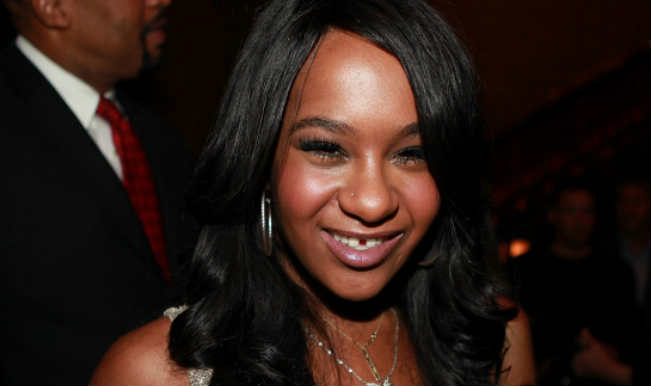
Bobbi Kristina Brown, 2015
The little-girl-lost daughter of the late, legendary Whitney Houston died July 26, 2015, in an Atlanta-area hospice nearly six months after she was found unconscious in her Georgia home. She was 22. She never regained consciousness to explain what happened before she was found face down and unresponsive in her bathtub in suburban Atlanta.
More than a year later, the autopsy results were released: She died from a fatal combination of multiple drugs and immersion in water. But the medical examiner could not say whether her death was intentional or accidental so it was ruled "undetermined." Although her family cast suspicion on her boyfriend at the time, no one has been charged in connection with her death

Dolores O'Riordan, 2018
The lead singer of the Irish alt-rock band The Cranberries died unexpectedly at age 46 on Jan. 15, 2018, in a hotel room in London where she was recording. Her death has been classified as "unexplained" but not suspicious.
The coroner has yet to rule on the official cause of death.
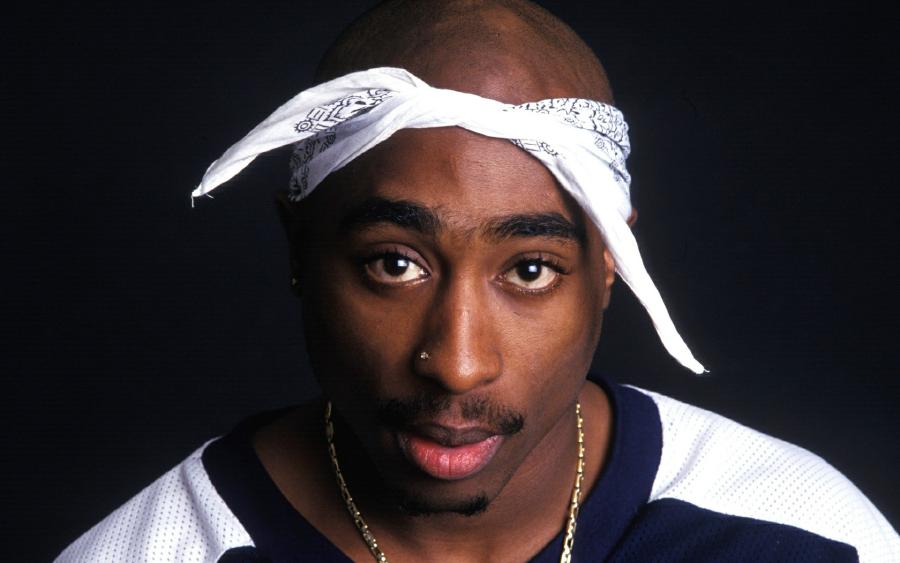
Tupac Shakur, 1996
The star hip-hop artist was in a car headed to a club gig in Las Vegas when he was shot four times on Sept. 7, 1996, in a drive-by shooting. He died six days later, on Sept. 13, at a local hospital. He was 25.
His murder is still unsolved.

Christopher Wallace, aka Notorious B.I.G., aka Biggie Smalls, 1997
Just six months after Shakur's murder, another star rapper, Wallace, was shot multiple times in a drive-by shooting in Los Angeles on March 9, 1997, as he was leaving a party. He died an hour later. He was 24.
His murder remains unsolved as well
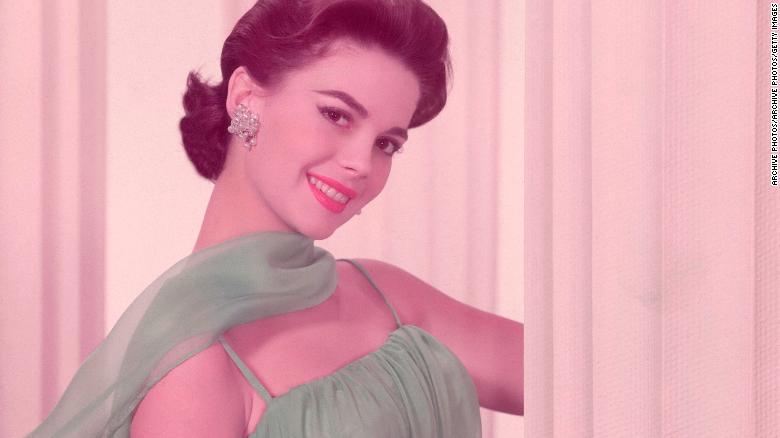
Natalie Wood, 1981
Thirty-six years after Natalie Wood drowned off the coast of Catalina Island in California, the Los Angeles County Sheriff's Department in February re-opened the investigation into her mysterious death. With her then-husband, Robert Wagner, now a person of interest, Wood's case remains one of many celebrity deaths still shrouded in suspicion, at least among some detectives.
On Nov. 29, 1981, the child star-turned-Oscar-nominated actress disappeared from her yacht under circumstances that remain murky at best. Hours later, her body was found, clad in a flannel nightgown, red down jacket and blue socks, floating in the Pacific about a mile away from the yacht and off the island's Blue Cavern Point.
Her death was ruled an accidental drowning at the time. But the Los Angeles County Sheriff's Department reopened the case in 2011; the following year, the cause of death on her death certificate was changed to "drowning and other undetermined factors."
Now detectives have reopened the case again. So far, no charges have been filed against Wagner or anybody else.

Marilyn Monroe, 1962
Beautiful, glamorous and doomed. Hollywood's most vibrant star died suddenly at just age 36. She was found dead in her bed on August 5, 1962, at her Los Angeles home, apparently due to a barbiturate overdose.
Her death was officially ruled a probable suicide: She slipped into a coma after taking too many sleeping pills. But many fans thought it might have been an accidental overdose. Moreover, conspiracy theories about her demise have never entirely evaporated. Plenty of people to this day are willing to believe she was murdered and that the Kennedys might have had something to do with it since she supposedly had affairs with both President Kennedy and his brother Robert Kennedy.
But it's all bunk. The coroner ruled at the time she had too many barbiturates in her body for it to have been an accident. She had overdosed before and suffered from sharp mood swings. The Los Angeles County District Attorney's office reviewed the case in 1982 but found no evidence to support any of the theories, and backed the findings of the original investigation.

Bob Crane ('Hogan's Heroes'), 1978
Bob Crane, star of the TV comedy Hogan's Heroes, was found beaten to death in his Phoenix-area apartment at age 49, an electrical cord wound around his throat. Police found that Crane had filmed and photographed pornography, and had possibly been bludgeoned with a camera tripod. They suspected his friend, John Carpenter, had killed him but lacked DNA evidence. Crane's oldest son, Robert Crane, wrote a book exploring his father's death

David Carradine ('Kill Bill'), 2009
Thai police found David Carradine, the actor and martial artist who starred in both Kill Bill films, naked and hanging in the closet of his Bangkok hotel room, authorities told the BBC. The 72-year-old was in Thailand to work on his latest film, Stretch, a manager said. A private autopsy found Carradine died of asphyxiation, ruling out suicide but leaving open the possibility of accidental death, per the Hollywood Reporter. His widow settled a wrongful death suit against the company behind the film in 2011, claiming an assistant was supposed to help Carradine navigate the city, but abandoned him the night before police found his body.
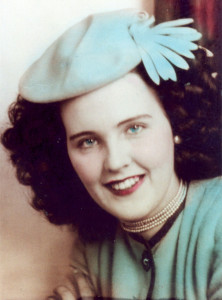
Elizabeth Short, the 'Black Dahlia,' 1947
One of the most famous cold cases in U.S. history, 22-year-old Elizabeth Short was found naked in a vacant Los Angeles lot, her body cut in half at the waist, drained of blood and posed. Her face had been cut from ear to ear, and investigators later found evidence that she had been bound. It was the gruesome death of Short, an aspiring actress, that catapulted her into celebrity with an iconic name: Black Dahlia. Her murder remains unsolved over six decades later.

Jack Nance ('Eraserhead'), 1997
The actor, star of cult favorites Eraserhead and Twin Peaks, met up with friends at a coffee shop in South Pasadena, Calif., on the afternoon of Dec. 29, as People recounts. He had a bruised eye. "I told off some kid," he said, as actress Catherine Case later recalled. "I guess I got what I deserved." Case's husband, screenwriter Leo Bulgarini, found Nance dead the next day on the floor of his apartment. Authorities later determined Nance suffered blunt-force trauma to his head and had fought with two men at a doughnut shop the day prior, suffering a blow to the head.

William Desmond Taylor, silent film director, 1922
William Desmond Taylor had directed dozens of silent films when police found the 49-year-old lying on the living room floor of his Los Angeles bungalow with a bullet in his back, according to History. After his death, a love note to him from Mary Miles Minter, a young star of his silent films, was reportedly found in Taylor's home. Minter later admitted that she and her mother, Charlotte Shelby, had been at Taylor's home on the night of his killing, according to History. And the gun used in Taylor's killing matched the one Minter had once tried to shoot herself with before. No prosecutions ever came in the case, which remains unsolved.
.
Khosrow Shakibai
Khosrow Shakibai
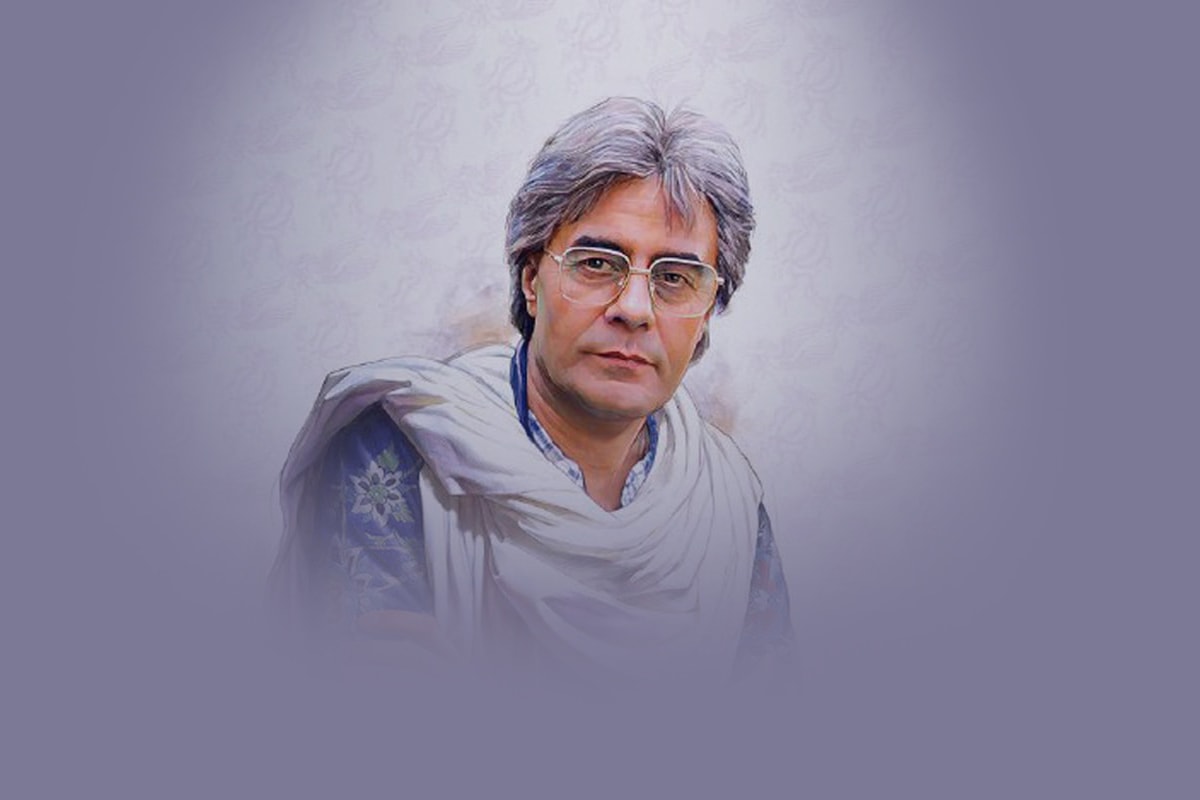
Khosrow Shakibā'í or Khosro Shakibaei (Persian: خسرو شکیبایی; March 27, 1944, Tehran, Iran – July 18, 2008, Tehran) was an Iranian stage and cinema actor. He ranks amongst the most accomplished actors of his generation. Khosrow Shakibai was born to Colonel Ahmad Shakibāi and Ms Farideh Khātami. His father, who was an army Colonel, died from cancer when Khosrow (called Mahmoud by family and close friends) was only fourteen. Khosrow studied acting at Faculty of Fine Arts of University of Tehran. He began his stage career in 1963 and branched out his activities into film dubbing in 1968. Shakibā'í initiated his film acting in 1982 with Khatt-e Ghermez (The Red Line), directed by Masoud Kimiai. He had played in seven feature films when the film director Dariush Mehrjui offered him the title role of Hamoun, a film that over time has achieved a cult status.

Shakibai's performance in Hamoun marked a turning point in his career. He received a Crystal Simorgh at Fajr International Film Festival for his portrayal of Hamoun, a literary intellectual who gradually loses his touch with reality and becomes entrapped into an obsessive and destructive conflict with his estranged wife whom he deeply loves. Shakibai played also in some major television series. He won a Crystal Phoenix for Kimiā (The Philosopher's Stone) (1994) directed by Ahmad Reza Darvish.
Shakibai found also a considerable following for his voice, brought about through publication of the recordings of his readings of poems by such luminaries of the modern Persian poetry as Forough Farrokhzad and Sohrab Sepehri[1]. Shakibai is credited for helping to raise the stature of performing arts in Iran by the end of the 1980s, when the authorities in charge tended to neglect this area of cultural activities. He married twice. From his first marriage with the actress Tānyā Joharí he has one daughter named Poupak, and from his second marriage with Parvin Koush'yār one son named Pouria.
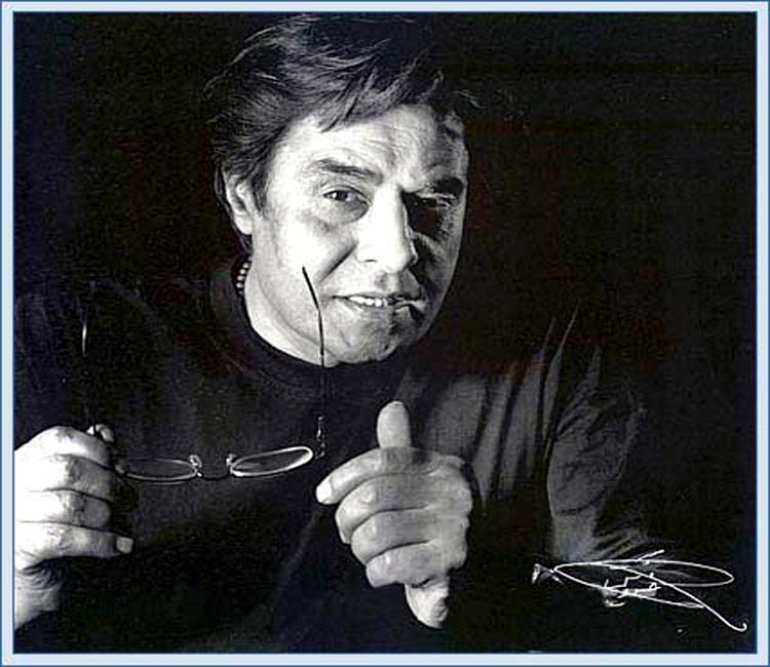
hosrow Shakibai died at 6 am on July 18, 2008, of liver cancer in Pārsiān Hospital in Tehran. Earlier it had been reported that Shakibai's death had been a consequence of his heart failure. It has further been reported that on October 5, 2007, Khosrow Shakibai had been admitted to a hospital for suffering from diabetes, however on his explicit request the press had withheld this information from public. On Sunday, July 20, 2008, the body of Khosrow Shakibai was laid to rest in The Artists Section of Behesht-e Zahra Cemetery in Tehran. His funeral procession began at 9 am from Vahdat Hall (Tālār-e Vahdat), Hafez Street, in Tehran.
the information is from wikipedia
Bela Lugosi
Bela Lugosi

Bela Lugosi, original name Blasko Béla Ferenc Dezső, (born October 20, 1882, Lugos, Hungary [now Lugoj, Romania]—died August 16, 1956, Los Angeles, California, U.S.), Hungarian-born motion-picture actor who was most famous for his sinister portrayal of the elegantly mannered vampire Count Dracula

At age 12 Lugosi ran away from home and began working odd jobs, including stage acting.
He studied at the Budapest Academy of Theatrical Arts and made his
stage debut in 1901. From 1913 to 1919 he was a member of the National
Theatre. While in Budapest he also acted in several Hungarian films, often under the name Arisztid Olt. In addition, he served in the Austro-Hungarian armed forces during World War I. He went to Germany in 1919 and acted in films there until he immigrated to the United States in 1921

Lugosi made his Hollywood film debut in The Silent Command (1923) but worked sporadically in film and theatre throughout the remainder of the decade, largely because he had not yet mastered the English language and had difficulty communicating with coworkers. In 1927 he managed to land the title role in the Broadway production of Bram Stoker’s novel Dracula. The production was a success, and Lugosi stayed with the show for the duration of its three-year run, including on tours. It was also during this time that Lugosi was the subject of a national scandal when his wife (his third of five) filed for divorce after only three days of marriage and named actress Clara Bow as corespondent

Lugosi became a national celebrity when he reprised his stage success for the Universal Pictures film adaptation Dracula (1931). With his slow, thickly accented voice, he etched lines such as “I never drink…wine” into the national consciousness, and Lugosi’s name was thereafter associated with that of the bloodsucking count. The success of Universal’s Frankenstein in the same year established the studio as the top producer of horror films and Lugosi and Boris Karloff (who starred in the role of Frankenstein’s Monster, a role Lugosi had turned down) as kings of the genre. Lugosi’s subsequent shockers included Murders in the Rue Morgue (1932), an adaptation of Edgar Allan Poe’s short story; White Zombie (1932); Island of Lost Souls (1932); and Mark of the Vampire (1935). He costarred with Karloff in several films, including The Black Cat (1934), The Raven (1935), and The Invisible Ray (1936), and he appeared occasionally in non-horror films, such as the Paramount Pictures all-star comedy International House (1933) and Ernst Lubitsch’s Ninotchka (1939).

Although Lugosi is most associated with the role of Dracula, many regard his portrayal of the half-crazed, broken-necked Ygor in Son of Frankenstein (1939) to be his finest screen performance. He again played Ygor in The Ghost of Frankenstein (1942), but by that time Lugosi’s star had faded. Thereafter he appeared in numerous low-budget, forgettable films. There were a few exceptions, such as his appearance as Frankenstein’s Monster—the role he had turned down in 1931—in Frankenstein Meets the Wolfman (1943). He teamed with Karloff again in the eerie The Body Snatcher (1945), and he returned to the role of Dracula in Abbott and Costello Meet Frankenstein (1948).
ugosi’s decline into poverty and obscurity was accompanied by a growing dependence on narcotics. In 1955 he voluntarily committed himself to the state hospital in Norwalk, California, as a drug addict; he was released later that year. About the same time, Lugosi began an association with Ed Wood, Jr., the man regarded by many as the most comprehensively inept director in film history. Their collaboration produced such staggeringly shoddy efforts as Glen or Glenda? (1953), Bride of the Monster (1956), and Plan 9 from Outer Space (filmed 1956, released 1959), all now unintentionally hilarious cult favourites. Lugosi was buried, as he wished, wearing the long black cape that he had worn in Dracula.

information is from :www.britannica.com